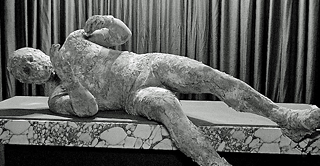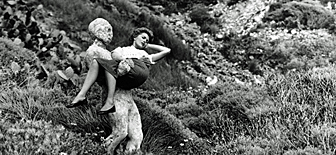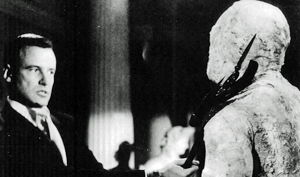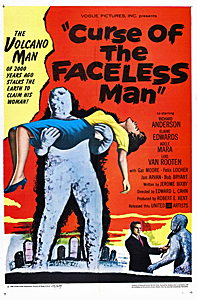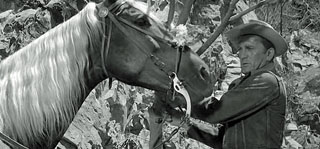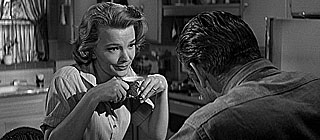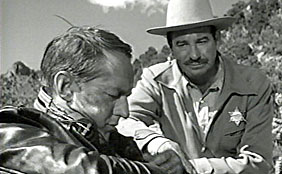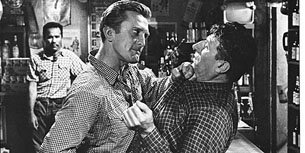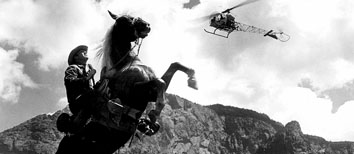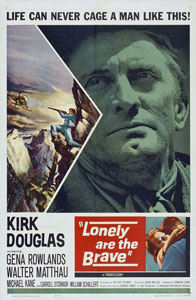WINDY CITY PULP CONVENTION 2016 REPORT
by Walker Martin

Here it is about a week later after the convention, and I’m still limping around with back and leg pains. How did I survive another voyage? I’ve been asked by friends and relatives why do I sign up each year for another 14 hour drive to Chicago? I guess you have to be a collector to understand. Flying would be more convenient but then I would be limited in what I could buy and carry back. The rental van is quite large and roomy enough for all of us, dealers and collectors alike.
My life has revolved around my book and pulp collection now for 60 years. I cannot imagine not attending Windy City and Pulpfest. One of these days I physically will not be able to make the trip, but hopefully that time is still off in the future somewhere. Attending these conventions is important not only because of the books and artwork available, but also because of the friendships that I value. These friendship lead to more books and art!

This trip I did find some books I needed but not a single pulp magazine. I’ve been to so many conventions that there is not much I need, just a few scattered issues. But I did talk to two friends about possible deals involving large numbers of pulps. If these plans work out I’ll be able to continue one of my favorite occupations, the comparing of two issues of the same pulp, same date.
However I did find eight pieces of original art from the pulps, paperbacks and digest SF magazines. The biggest find was a beautiful 1929 cover painting used for Western Story. The art is by George Wert and titled “Come Out With Your Hands Up.” It shows three hardboiled bank robbers caught in the act. These guys look tough as hell.

Arriving home I immediately took down a Rafael Desoto painting and hung the Western Story in the family room. Unfortunately my wife did not appreciate it as much as I did, and when I went upstairs to read a book, she actually had the nerve to move The Three Tough Guys to a less conspicuous spot. Since she replaced it with a Walter Baumhofer painting, I managed to control myself. At least she did not replace it with a Walmart decoration, which has been known to happen.
Actually when I first entered the dealer’s room I found an Earle Bergey painting within one minute. True it’s not from Startling or Thrilling Wonder, but it’s an early cover from a 1929 Popular Biography. Later on a found a weird drawing by one of my favorites, Lee Brown Coye. Then two drawings from Galaxy by Emsh.
Another big art find was my discovery of not one, but three cover paintings for Raymond Chandler paperbacks. You can’t go wrong with anything connected with Chandler, and they were not expensive. The artist is Richard Waldrep.

Speaking of art, Windy City is known for it emphasis on original art. There must of been a dozen dealers with art for sale, and as usual there was the large room devoted to an art exhibit. Mostly SF cover paintings, but also on display was the art of Jon Arfstrom. I met and talked to this fine artist at last year’s Pulpfest, but since then he unfortunately passed away. He was the last of the Weird Tales artists.
The dealers’ room was amazing. Over 100 tables with at least 465 attendees in a large room. On sale were books, pulps, digests, vintage paperbacks, slicks, reprints, new pulp fiction, DVDs, and many pieces of original art. The hospitality room had plenty of beer and snacks.

Ed Hulse put on his usual excellent film program, this time the theme was SF from the pulps. There also were three panels: paperback art collector Robert Wiener discussed The Art of Jeff Jones; artist David Saunders discussed The Art of Frank R. Paul; and I participated in a panel about Argosy‘s 120th Pulp Anniversary. Also on this panel were Ed Hulse, publisher of Blood n Thunder magazine, and Tom Roberts and Gene Christie from Black Dog Books. Somehow, in 45 minutes we managed to talk about a magazine that lasted over 2,000 issues and almost a hundred years. Several people told me they enjoyed the discussion, which is great because there is nothing I enjoy more than talking about the old back issues of the pulps!
Tom Roberts must be congratulated for once again editing Windy City Pulp Stories. In 182 pages there are several excellent articles including Bob Weinberg talking about his 1979 tribute to Astounding project. I remember Bob telling me about this back then, and part of it actually did see the light of day. Mike Ashley’s index to Astounding was published but the book of essays never came out. Now finally after all these years we get to see two interviews with A.E. Van Vogt and Poul Anderson plus some other material.

I also found two other articles to be of interest: The Story of the Argosy and The Making and Marketing of Munsey’s Magazine by Frank Munsey. This book is available from Black Dog Books.
The auction is always a highlight of the convention and was held on Friday and Saturday nights. For many years I have listened to John Gunnison as the auctioneer, and I have to say he is excellent and keeps things moving with a sense of humor. This year will be the last year of the items from the Jerry Weist Estate Auction, and there was a nice booklet listing the auction items. There were hundreds of lots ranging from SF digests to Weird Tales. There plenty of SF pulps, Argosy‘s, and men’s adventure magazines. I’ve never seen so many Nazis menacing damsels in distress… After WW II the returning vets loved these covers. I still can’t read the “articles,” however, but I’m trying!

Several books made their debut at the show including Ed Hulse’s second volume on the silent serials, Handsome Heroes and Vicious Vilains. If you love the old movies this book and Distressed Damsels and Masked Marauders are must buys. This new volume is 400 pages large size crammed with rare movie stills. and photos. You can get copies from amazon or Ed’s website, Murania Press.
Also new at this show were the latest books from the big pulp reprint firms: Altus Press and Black Dog Books. Matt Moring and Tom Roberts are doing excellent work and I wouldn’t say this if it wasn’t true.
Finally, I would like to thank Doug Ellis and Debbie and John Gunnison and Maureen for another great convention, the 16th! What’s next? We have to rent another van! Here comes Pulpfest in Columbus, Ohio July 21 through 24. Collectors and Readers, I’ll see you there!
Editorial Thanks: Both Walker and I would like to thank Sai Shanker for allowing the use of all of the photos above taken at the convention. A fine job, indeed!

